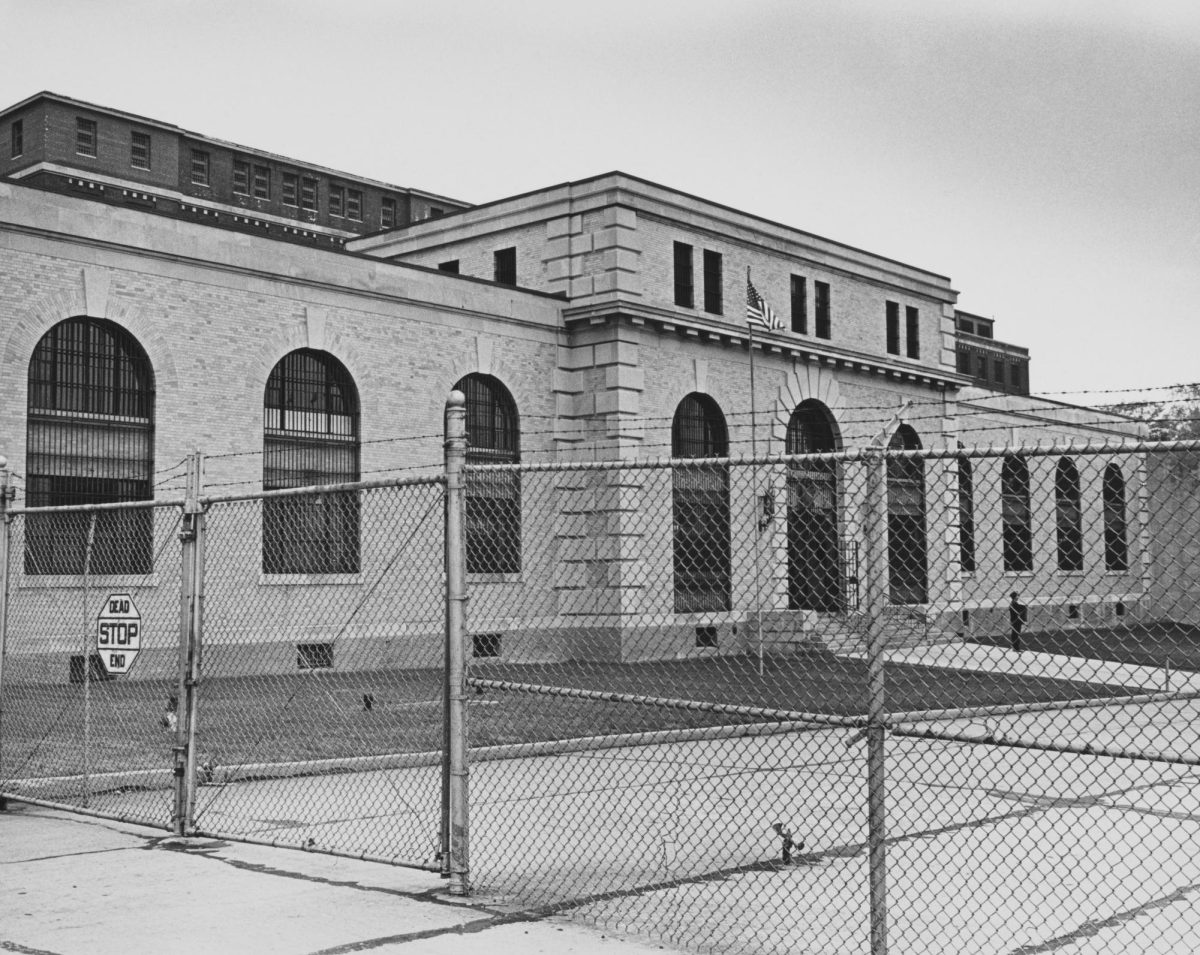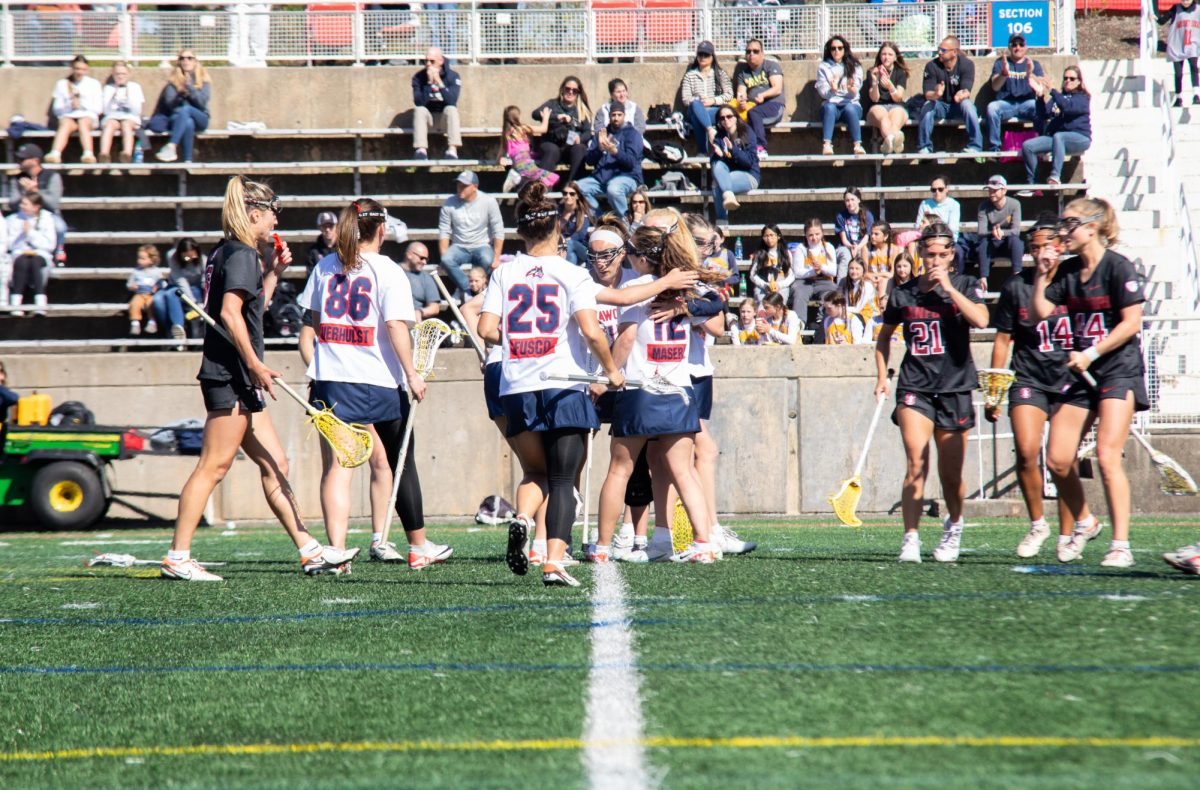
The phone will never ring in Professor Mel Pekarsky’s office. That’s because he doesn’t have one.
Eliminating the phones in some offices of the art department is just one of the cash saving tactics department officials have taken to save money. Another unfortunate tactic is the cutting of adjunct professors.
Pekarsky, a retired emeritus professor of Stony Brook University’s art department, came back to teach this semester to help the department in a time of financial struggle. Due to budget cuts and the loss of adequate professors, Pekarsky is back at the university teaching one visual arts graduate seminar required for the Master in Fine Arts program.
“There haven’t been professors to replace those who have died, moved on to bigger and better things, or have been let go,” Pekarsky said.
In an attempt to fit into an undersized budget, phones have been unplugged, supply orders have been canceled and professors have been let go. The art department doesn’t have nearly enough sculptors, photographers and drawing instructors. When easels break, they can’t be replaced.
This problem is in no way unique to the art department.
Budget cuts are affecting every department across campus. Three cuts, totaling nearly $30 million left Stony Brook with colossal holes that were unable to be filled. Because budgets were cut, students had to do without some professors, classes and supplies.
With Stony Brook expecting more budget cuts within the year, Pekarsky remains fearful for the art department and others in the humanities. These departments can’t get money from research grants like the sciences can.
Because professors have been cut, so have classes. The art department usually offers 10 sections of introduction to drawing. This semester only six sections are offered.
“There hasn’t been a full photography staff in maybe 15 years,” Pekarsky said. “There aren’t professors specializing in what the department is supposed to be known for.”
Furthermore, when the classes get cut, the sizes of the classes remaining grow. Pekarsky says his graduate seminar should have at most six or seven students. Right now, 16 students are enrolled in his class. The class has never had more than eight students, Pekarsky said.
“I get angry because I can’t get around to everyone in my class,” Pekarsky said.
The problem of larger class sizes is not limited to the humanities. The sciences have taken a hit too.
John Gedell, 22, a biology major on the physician’s assistant track, said that professors warned students last semester of classes being cut. Science classes, that were already big, got even bigger.
“It’s Stony Brook,” Gedell said. “You’re always going to have big classes, especially in the sciences.”
But Gedell’s professor for biology ethics allowed extra students into the class because of an extremely long wait list. This made the already full class larger than it should be.
“There are way too many students in the class,” Gedell said. “If you’re not outgoing like I am, it would be pretty hard to get one-on-one time with the professor.”
Rick Gatteau, the director of the Academic and Pre-Professional Advising Center at Stony Brook University, said this problem is relatively new.
“It’s a tight squeeze,” Gatteau said. “In my eight years here at Stony Brook, this semester has had the least number of open seats in classes.”
Gatteau predicts that class offerings will not improve in fall 2010. Because of the budget crisis, changes have been made to make sure all students get a fair chance registering for classes.
Last semester a credit limit was set for class registration. Students were only allowed to sign up for 16 credits. In the same week, the limit then went up to 17. When the spring semester started, the limit was raised again to 19, and then finally to 23. Gatteau said the reason was to make sure all students, including freshman, had a fair chance getting into the classes they needed.
Gatteau said that students who registered for their classes on time shouldn’t have had an issue. Many students actually registered earlier for this semester than previous ones.
Class shortages have been a direct effect of budget cuts. This semester the university did not rehire some adjunct professors who are hired term-to-term.
Even though the university didn’t hire those professors, it raised tuition for both in-state and out-of-state students last semester.
Because of the tuition hike student and family wallets took a hard hit. However, only 10 percent of the tuition increase stayed with Stony Brook. The rest of the money went to the New York State Deficit Reduction Plan. Stony Brook calculated that it would retain only $3.9 million of the $19.5 million students will spend on tuition in the 2009-2010 year.
As Pekarsky put it, Stony Brook is a “cash cow” for New York State.
Though tuition has gone up and classes have been cut, Gatteau said it’s still completely possible for students to graduate in four years with good planning. But students might also have to enroll in summer or winter session classes in order to complete all their classes on time.
As for Pekarsky and the art department, things aren’t looking so great. Even though the department has strong students, producing four Fulbright Scholars this past year, it has less rescources to offer them.
For right now this seems to be one of the ways the university is attempting to work within the budget constraints. It will be awhile before students and faculty see Stony Brook the way it was before the budget cuts.
“We’re fearful as one department should never be,” Pekarsky said. “The woods have become the desert.”










